- Price: $14.99 USD
- Developers: Rabbit & Bear Studios Inc. and Natsume Atari Inc.
- Publisher: 505 Games
- Release Date: May 10, 2022
Yoshitaka Murayama, scenario writer/head of Rabbit & Bear Studios as well as the creator of the Suikoden series, sadly passed away last month. His legacy will live on in his amazing work.
Eiyuden Chronicle: Rising is a companion game to the long-awaited Eiyuden Chronicle: Hundred Heroes, which comes out next month on April 23rd. I decided to wait to play this game until just before it was time to play Hundred Heroes so I’d have things fresh in my memory. In contrast to the turn-based combat in the upcoming Hundred Heroes, Rising is an action RPG.
As per the Eiyuden Chronicle FAQs, Rising depicts “the pre-war tales of various characters who will eventually become your companions in [Hundred Heroes].” Players will be able to use their save data from Rising for some benefits in the next game! I’m curious to see what we’ll get, so I’d better get started on the first game now.
Rising begins with a 15 year old girl named CJ, who is traveling to the settlement of New Nevaeh to complete her family’s traditional rite of passage. She comes from a long line of scavengers, and must find something that’s superior to her father’s treasure in order to complete the rite and return home.
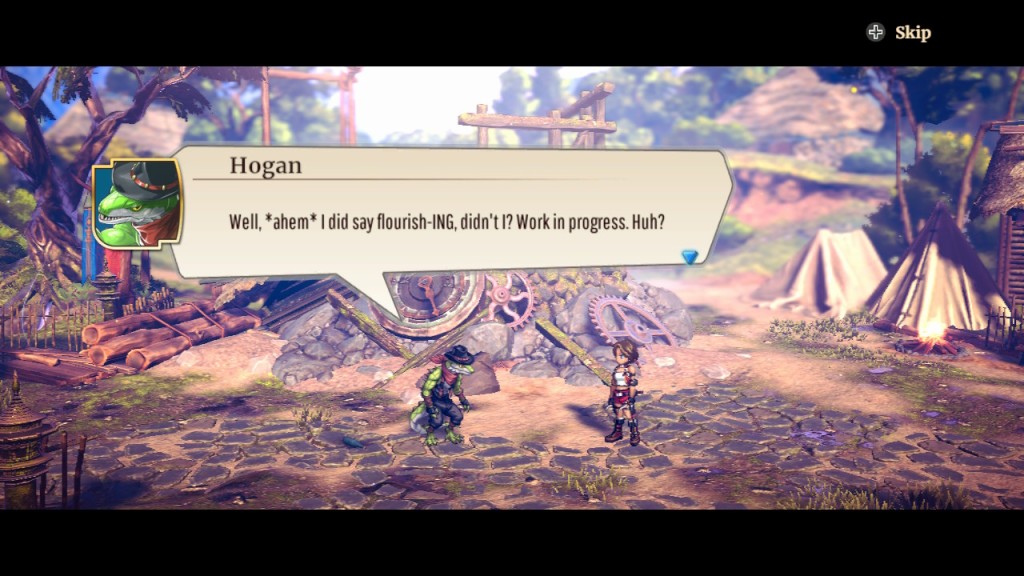
New Nevaeh is a developing settlement in a state of disrepair, but nearby dungeons known as “Barrows” contain useful resources and the promise of treasure. As a result, adventurers – known as “Outlanders” by the locals – have flocked to New Nevaeh. This becomes an issue when they don’t have anywhere to stay or entertain themselves.
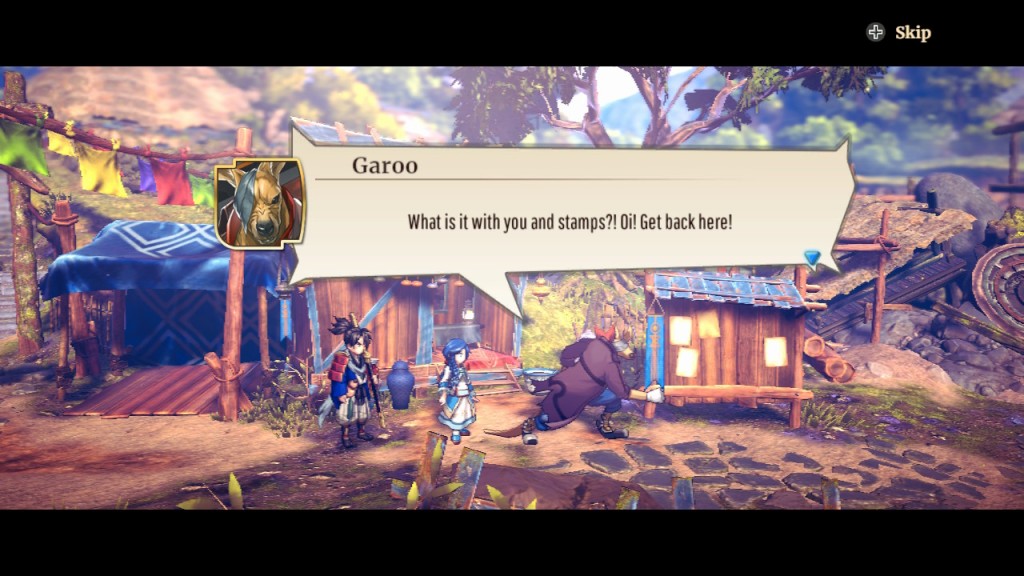
The enterprising mayor aims to use the situation to New Nevaeh’s advantage; they charge an exorbitant amount for an explorer’s license, which is required to enter the Barrows. Adventurers can’t go looking for treasure without that license, but most people wouldn’t be able to afford it. As an alternative method of obtaining a license, applicants can complete tasks for the townspeople and earn stamps towards a license for each task.
Lacking funds, CJ must use the stamp-collecting method to earn her license. Until you’ve earned enough stamps to access the Barrows, you can only enter areas like the forest to help members of the community with their requests. Your contributions will slowly but surely improve New Nevaeh’s availability of facilities and goods.
With each dungeon you enter, one of the main objectives is to gather resources. CJ has a separate bag dedicated to storing the materials you find. It starts with a small amount of space, but you can expand the bag later on. You can use tools to harvest materials like wood or ores; leveling up your tools results in better quality resources.
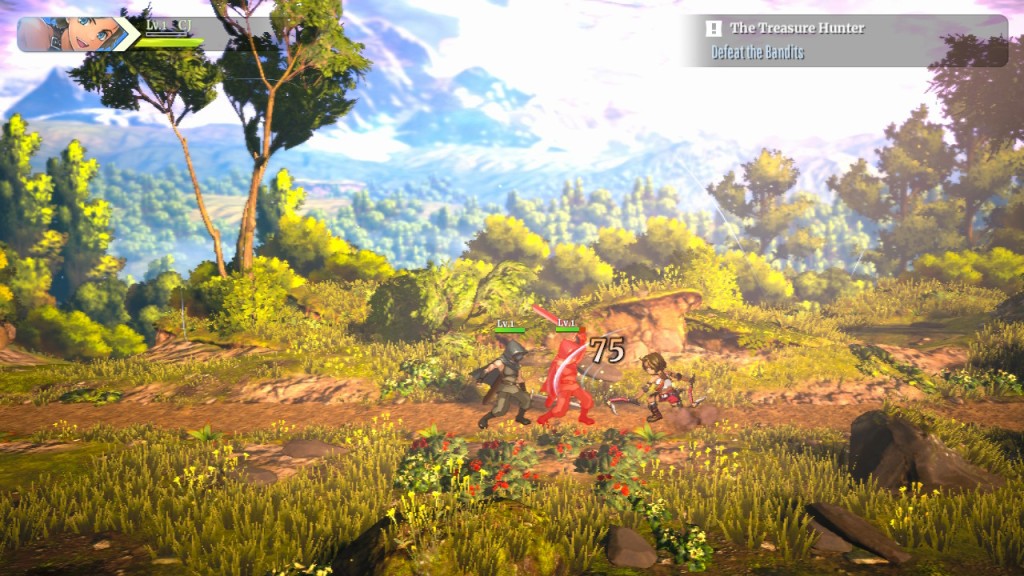
But you won’t just be gathering standard building materials – the forest is full of monsters, and you’ll have to defeat them for a chance at getting the materials they drop. The 2D side-scrolling action combat is fairly simple and not very difficult.
I barely used any healing items throughout my playthrough; personally I appreciated the simplicity of the controls (attack, jump, and one unique skill per character). But I did wish that the monster designs weren’t so simple, as there were a lot of reskins.
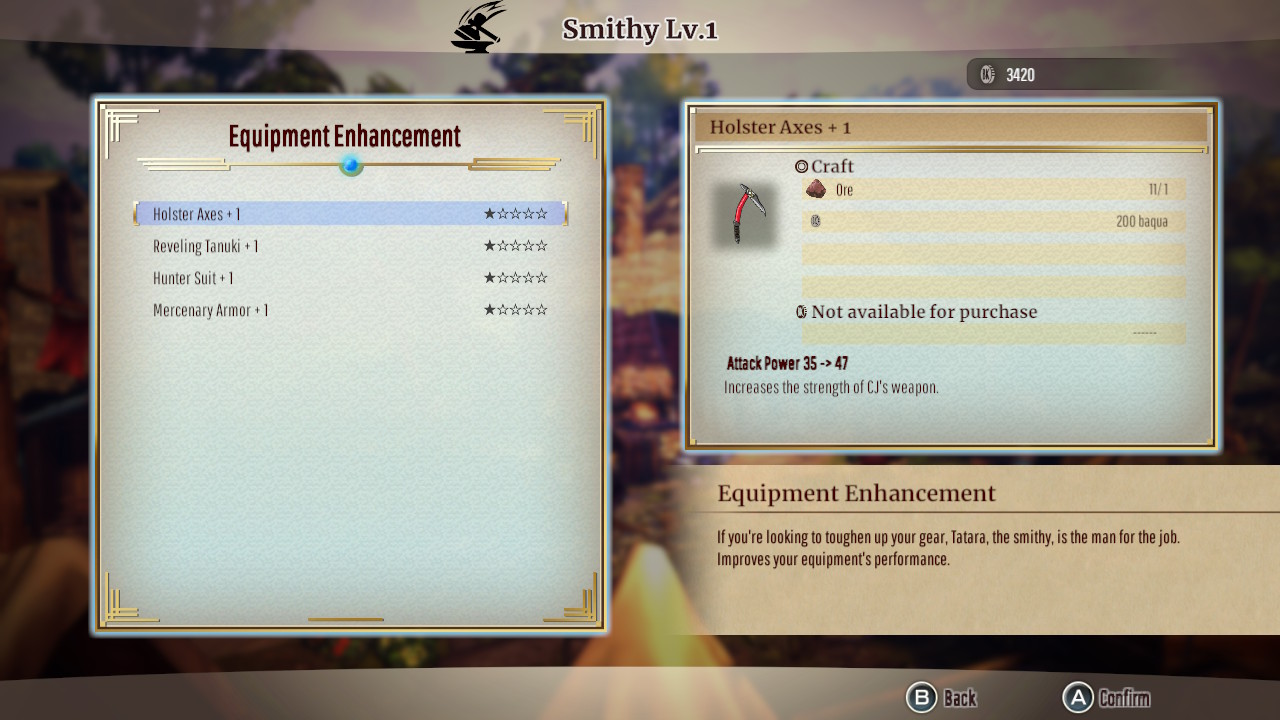
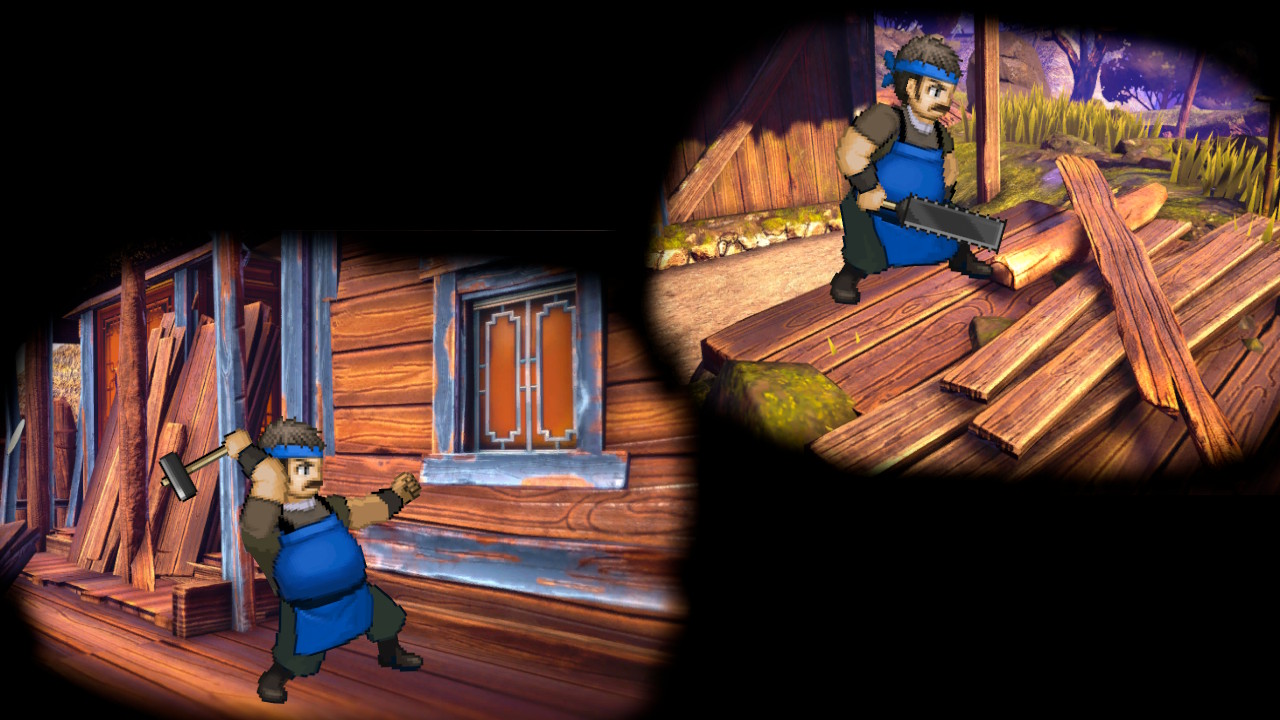
After you provide enough materials to the people of New Nevaeh, they’ll build some basic facilities such as an inn, a tavern, and stores that upgrade your equipment. You can upgrade these facilities by completing additional requests as you play through the game. There are only a few accessible streets in the beginning, but you’ll unlock additional areas in the settlement.
The main story consists of 31 quests, and you can complete 160 side quests to earn stamps to redeem for rewards. (There are also a few extra quests that help you earn more experience and money after you finish the stamp side quests.) The side quests are all fetch quests, from what I remember. This may be tedious for some, but I didn’t mind it so much.
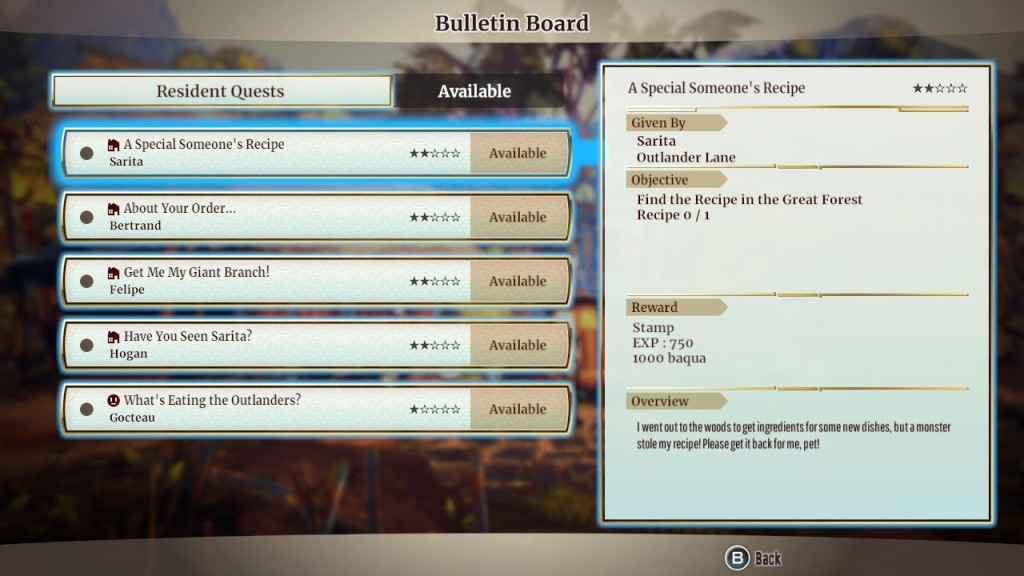
There are a few reasons I wasn’t put off by the side quests. For one, they provide nice benefits like upgraded facilities. You can’t miss any quests, as they all appear on the bulletin board and there aren’t any hidden quests. The game also provides players with several convenient features.
They actually tell you where to go for each quest – sometimes even labeling where the objective is on the dungeon map. And finally, the fast travel system is extremely helpful (and loading screens are pretty short, too). Within each dungeon, you can fast travel between multiple checkpoints!
The checkpoints made it easy to quickly free up space in my resource bag. Once it’s full you either have to throw out some materials or you can fast travel to the dungeon’s entrance. At the entrance the resources you just gathered get deposited in the storehouse, and you can return to the checkpoint and resume your progress in the dungeon.
When you’ve gathered enough materials, you can take advantage of the services you’ve unlocked in New Nevaeh and craft better items. I actually really liked that we don’t have to buy new weapons or armor; instead, you upgrade the original items to increase their attack and defenses, and you unlock new abilities such as double jumps and charge attacks.
The town also has an accessory shop, apothecary, and tavern where you can craft items. For those shops, once you’ve made an item one time it becomes available for purchase. You can then choose to craft that item again, or just buy it to save materials. This is another way they made things more convenient for players.
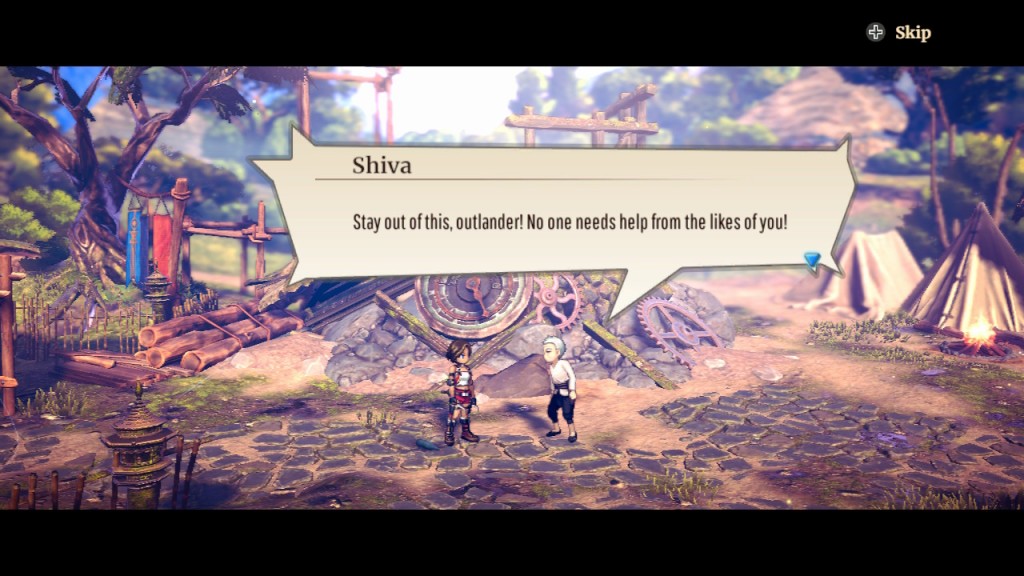
My only complaint about New Nevaeh was that outside of the side quests, you can’t talk to the townspeople. I would have liked it if we could have talked to each NPC after major plot points to see their reaction to recent events. It’s a shame that we can’t, as there are some interesting characters in town – including a few “beastmen.”
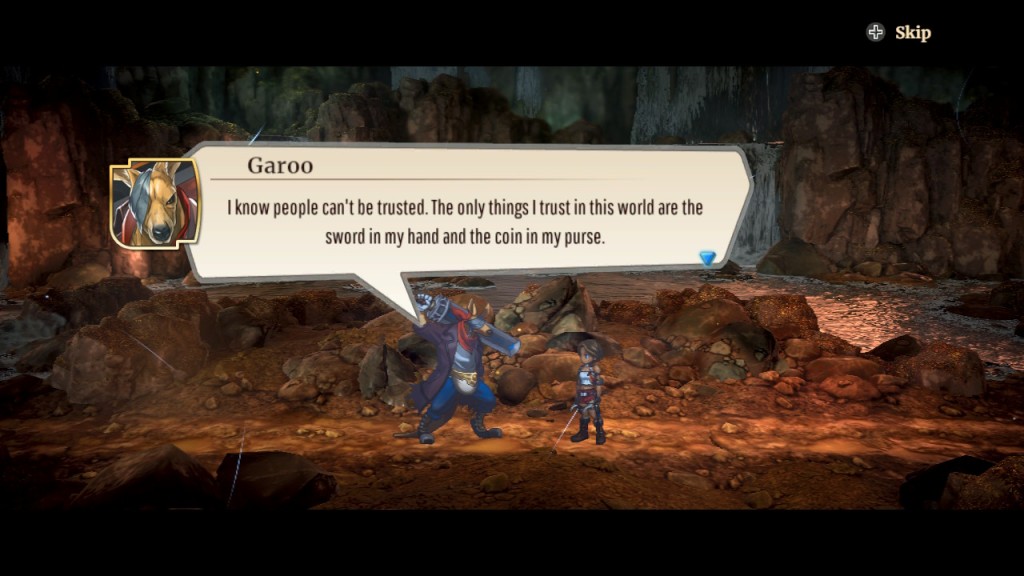
And speaking of beastmen, the first addition to your party is one! Garoo the kangaroo beastman is a bit of a grump, but ultimately he means well. He wields a giant sword against the monsters around New Nevaeh. You eventually add a third character to your party, who uses magic.

When Garoo joins you, the game gives you two options for using multiple party members. You can choose to use them both in normal mode, in which you press different buttons to make each character attack. Or you can use simple mode, where you manually switch between party members and only use one button for attacks. I went with simple mode, so it was easy to trigger Link Attacks, which chains attacks by automatically switching characters.
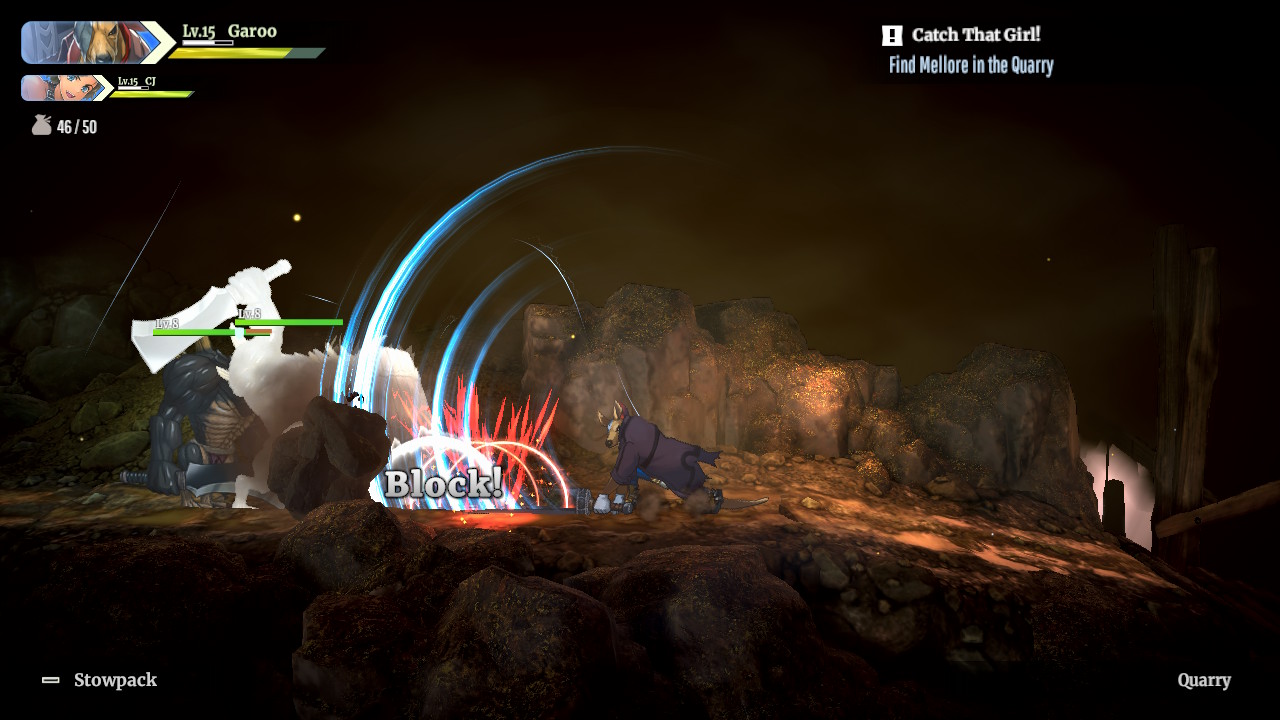
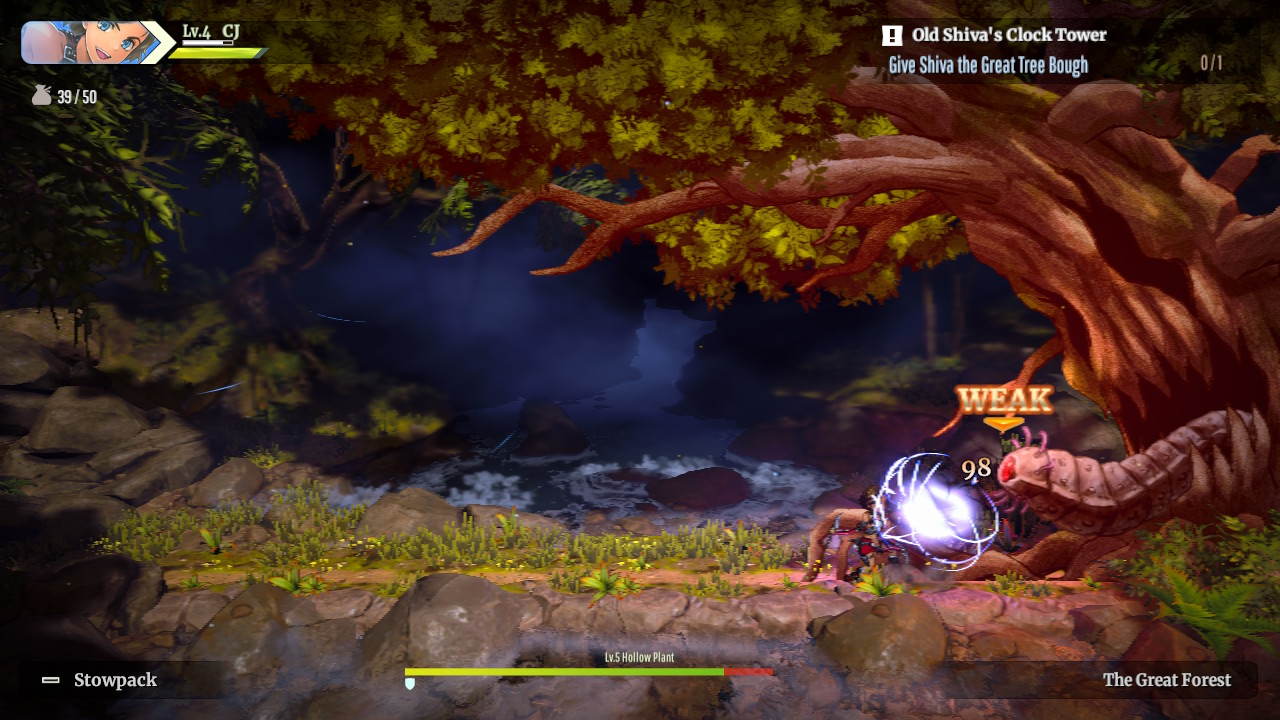
Link Attacks are especially useful against bosses; bosses and some stronger “regular” monsters have shields that negate any damage until you’ve depleted the shield’s HP. Equipping elemental Rune Lenses can increase the damage you deal to an enemy (if that enemy is weak to that element). You can also use Rune Lenses to destroy obstacles with elemental affinities in order to access areas with valuable items.
As mentioned above, the fights were pretty easy – including the boss battles. Clearing the game unlocks hard mode when you load the post-game save data, which places you just before the point of no return in the main storyline. You can fight bosses again when you return to a dungeon, and when I faced all of them in hard mode I didn’t have much trouble then, either.
The lack of difficulty and amount of fetch quests may put off some players. As someone who isn’t always the best at action RPGs, I was okay with an easier experience. And the convenient quality of life features really minimized any issues I would have had with the side quests.
I spent about 20 hours on the main game, completing every side quest up until that point. When I reloaded my post-game save, I completed all of the newly added side quests and filled in the rest of my stamp card. I spent an additional 8 hours on the game to earn every achievement. (I’m not sure what impact that will have on the save file bonus for Hundred Heroes…)
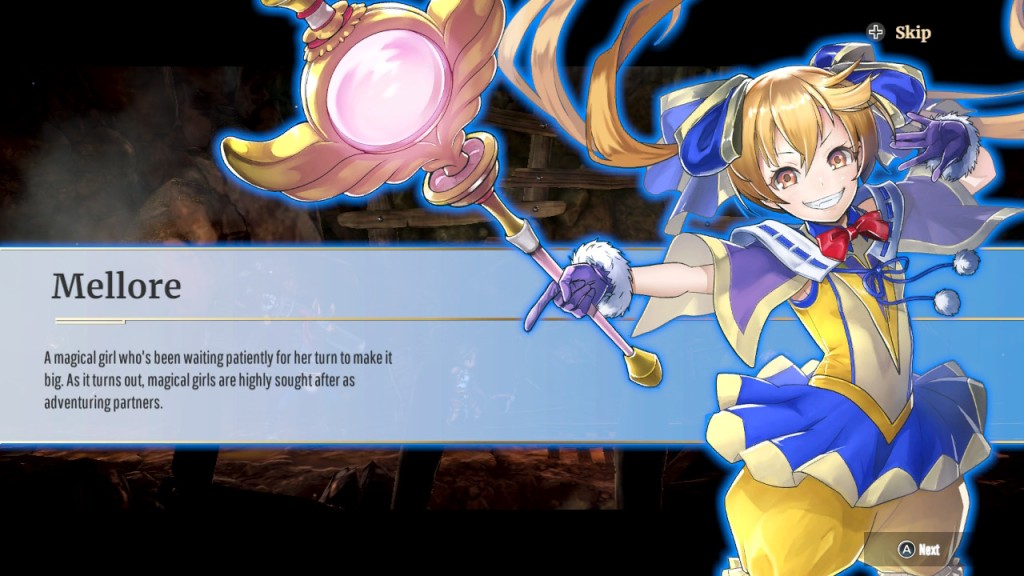
While the storyline isn’t massive, it does give us a small glimpse into the region’s political situation leading up to Hundred Heroes. I enjoyed the town-building elements, and thought the cast was charming – even the minor NPCs. And it looks like we’ll see CJ, Garoo, Isha, and even some of the non-playable characters in the next game!
I usually prefer turn-based RPGs, but I had a nice time with Rising as an action RPG. It’s not too pricey at $14.99, and players without much free time may appreciate that it’s a game on the shorter side. With a month left until the release of Hundred Heroes, you might just have enough time to play Rising and see what the Eiyuden Chronicle universe’s characters and story have to offer.
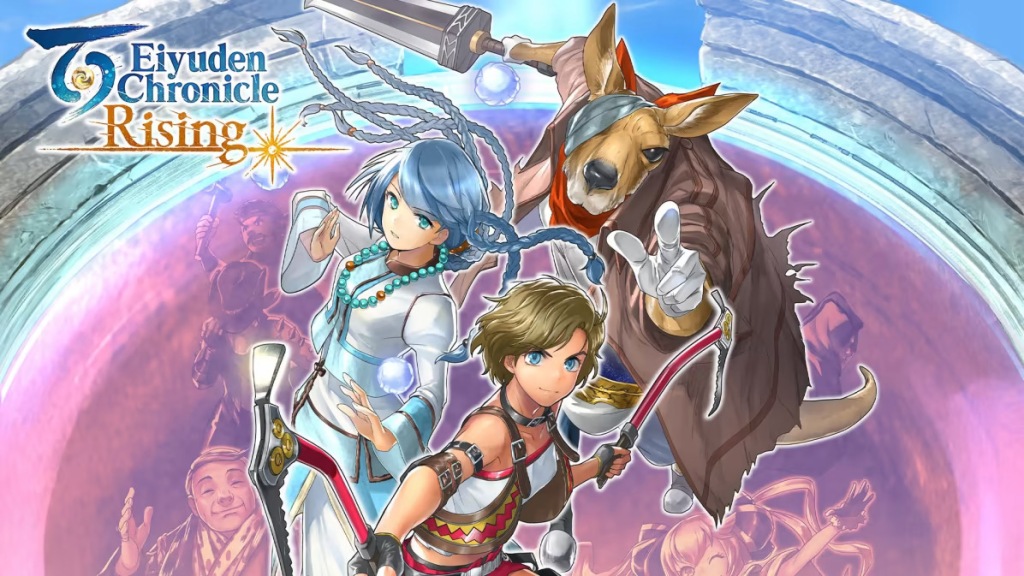
Leave a comment